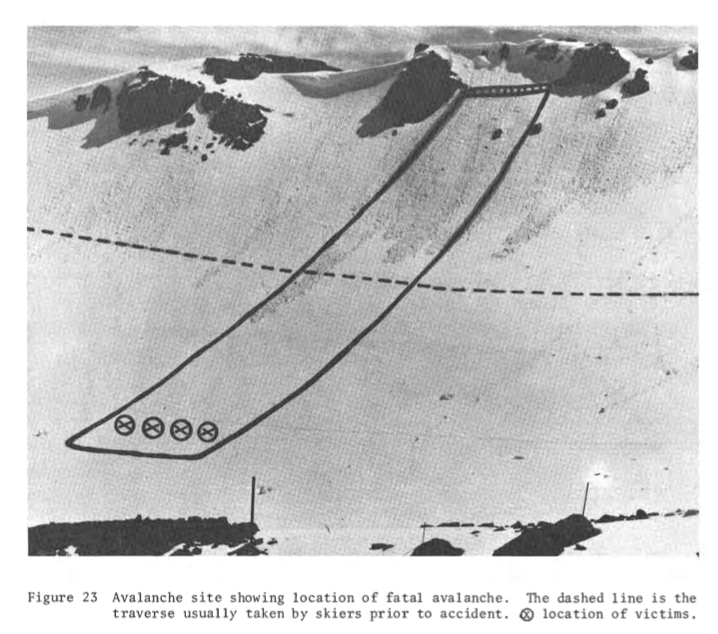“What do you usually write about?”
That’s pretty much the exact follow-up question I get in response from anyone who asks where I work, or what I do for a living. Normally—considering writing about general news takes up most of my time at Pique these days—I answer back with something along the lines of, “it kind of depends, whatever is going on, or whatever people are talking about.”
What I usually fail to bring up is that it depends more on what people are willing to talk to me about. Despite what some out there seem to think, journalists—at least the ones who want to keep their jobs or stay out of court—can’t make up stories out of thin air, or (at least in most cases) publish a set of facts attributable to someone known only as “anonymous.”
What I also forget to bring up sometimes, in talking about work, is that we don’t just write about general news here. As far as community newspapers go, in an industry that’s continuously trying to do more with less, the cover features published in Pique every week—the kind of long-form, in-depth storytelling that warrants more space than your typical 500- to 700-word news story—are increasingly rare.
Depending on the complexity of that basic news story, it can be a fairly quick process. Find/hear about a topic, fire up Google, send an email or two, have a phone conversation or two or three, transcribe those phone conversations, and smash out a few paragraphs. Generally, it takes a few hours when all is said and done. That’s not exactly the case with most features, at least in my experience.
The one constant, whether it’s a more-than-5,500-word feature series or a 250-word web hit, is that journalism, for the most part, relies on what people are willing to share. I'm always grateful for anyone who agrees to go on the record and help me do my job, no matter what the story's about. Especially considering that, with the kind of hostility thrown around on the internet these days, it sometimes feels like people are more and more hesitant to include their names in print.
Maybe that’s why I’m still a little dazed by the level of community support that went into the feature series published in Pique’s last two issues (“They just vanished,” April 7, and “Searching for a legacy,” April 14).
It started with a phone call to our publisher, Sarah, to tell her about a fatal avalanche on Whistler. Not a new one, but one that happened nearly half a century earlier, in April. It may have played a role in the formation of Whistler Search and Rescue (WSAR), the caller mentioned—which the organization’s “history” tab on its website corroborated—and the 50th anniversary was approaching. His sister and her husband were two of the four victims, and the families were looking to mark the milestone anniversary in some way.
“I don’t think I’ve ever heard of this or know what really happened,” said our publisher, “but it definitely sounds like it lends itself to a feature, right?”
It sounded like an interesting story for sure, but aside from that brief mention on WSAR’s website, any initial Googling yielded, not unexpectedly, very little in the way of information about an avalanche that occurred long before the terms “search” and “engine” were put together.
I definitely wasn’t prepared for the onslaught that was about to follow—not just of questions that arose, but of offers to help answer them.
In the weeks after that initial phone call, I had countless people reach out with lengthy, written accounts of their memories from the incident and the two-day-long search that followed; with scanned photos, documents and old newspaper clippings dug out from archives; and with more phone calls to chat about the four lives that were lost in the tragedy—way too many to include all of them in the final draft. For a lot of people I spoke with or heard from, particularly the families and close friends of the victims, their offers to help represented a willingness to talk about one of the worst days of their lives, and trust in me (and my editors) to tell their stories.
Never, since walking into my first university journalism classroom just over a decade ago, have I experienced so many people be so generous with their time and resources and so willing to help with a single story. It is super humbling, to say the least, and my only real regret is that I couldn’t sit down and have hours-long conversations with all of them.
I think that support shows just how deep a mark those four individuals, the search for them, and their loss left on the community, even 50 whole years later.
But as big of a privilege as it was to learn about this story and the incredible people involved, one of my favourite parts about this feature series is our publisher Sarah’s decision to donate a cut of our advertising revenue from that issue to WSAR.
It feels like the perfect way to pay some of the support we received forward—especially in light of the seemingly crazy string of inbound avalanches in the last month or so serving as a dark reminder that accidents and emergencies can happen anywhere, at any time.
Basically, think of this column as a massive thank you to everyone who lent a hand to that feature series or reached out with kind words after, and to everyone who works to keep people safe in the mountains today. I appreciate you!




